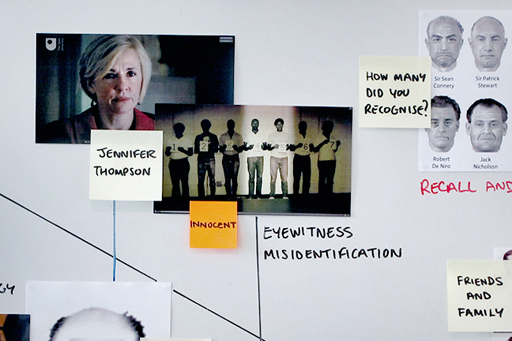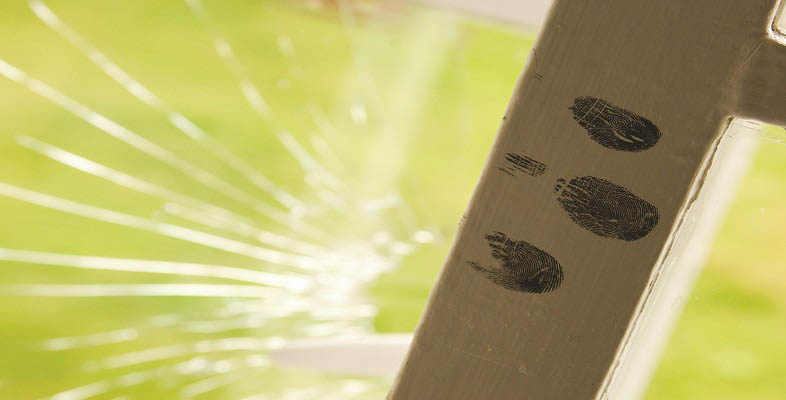3 When face recognition fails

Eyewitness misidentification seems to be the most common cause of miscarriages of justice. As eyewitness identification relies on the ability of the witness to recognise the perpetrator, it is crucial that we understand as much as possible about face recognition.
An eyewitness selecting an innocent person at an identity parade is obviously an example of face recognition somehow going wrong. Of course, there are reasons other than poor face recognition for why witnesses may select the wrong person, including that the officer could suggest they pick a certain face. Alternatively, it is possible that the witness might select the wrong face on purpose, either to protect the suspect or because they are frightened of identifying them. In this course we willI limit our attention to witnesses who, like Jennifer Thompson (the witness you saw in Week 1), think they are identifying the correct person, even though they are selecting an innocent person.
A great deal of psychological research has been conducted on how we recognise faces, and a lot of this work has focused on instances where our face-recognition skills fail us. Some of this research has involved analysing behavioural variables, including how accurately and quickly we recognise images such as the chimeric faces you saw previously. Alternatively, other research has taken a neuropsychological approach and looks at what happens to face recognition when the brain is damaged. You will be looking at both types of research in the rest of this week.
